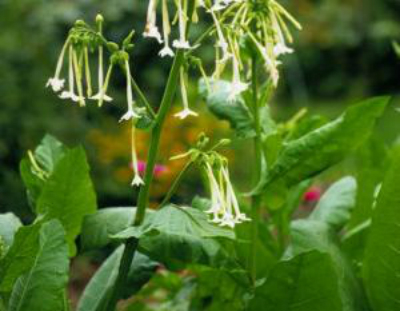In what can alter the course of cancer treatment in the near future, researchers have found a compound that appears to pinpoint all of the malignant cells in a patient’s body. The twist is that the compound’s main ingredient is a molecule that is found in the sting of a deadly scorpion. The compound called chlorotoxin is found in the venom of the death stalker scorpion known as leiurus quinquestriatus. It gives malignant cells a bright fluorescent sheen so surgeons can easily spot them, wired.com reported.
‘A scorpion-venom concoction that makes tumours glow sounded almost too outlandish to be true in the beginning. But with generous donations from individuals, the fluorescent scorpion toxin is now in Phase I clinical trials,’ informed Jim Olson from the renowned Seattle-based Fred Hutchinson Cancer Research Centre that developed the technique, called ‘Tumour Paint’. (Read: Cancer vaccine developed to boost lifespan of patients)
Scorpion venoms are cocktails of numerous individual toxins that attack different targets within a victim’s body. Olson and his team found that chlorotoxin did not attach just to brain tumours — it grabbed onto all sorts of cancers, from those that affect the skin to those that destroy the lungs. In lab experiments, Olson began to inject fluorescent-tipped chlorotoxin into mice — the compound lit up cancer cells that no other technology could identify. In one instance, the chlorotoxin illuminated a clump of just 200 malignant cells that were burrowed deep within a wad of fat. ‘That was the point we learned that the technology was far more sensitive than an MRI,’ Olson was quoted as saying
Source: the health site



